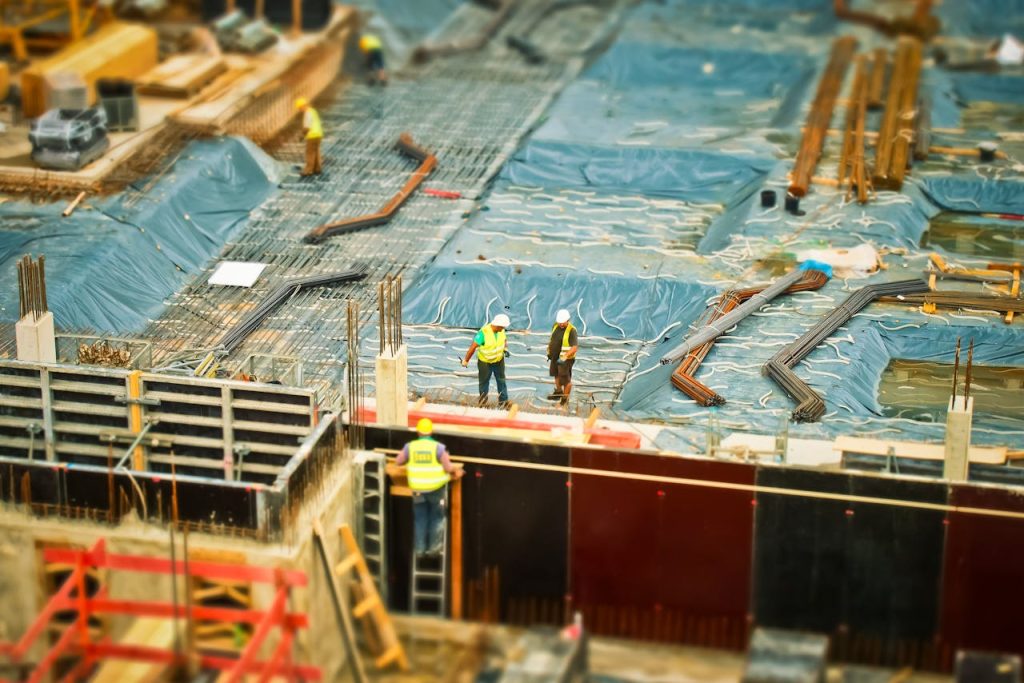In construction, efficiency and accuracy are crucial. CAD drafting improves construction projects by enabling detailed, accurate, and modifiable designs. This technology transforms how teams work, ensuring smoother, faster, and more efficient project execution. From reducing errors to improving collaboration, CAD drafting is a must-have tool for modern construction.

Precision and Accuracy: How CAD Drafting Improves Construction Quality
CAD drafting improves construction by eliminating guesswork and human error. It ensures precise measurements and detailed drawings for every project. Unlike manual drafting, CAD software allows exact scaling, reducing costly mistakes during construction. Features like snap-to-grid and error-checking further enhance accuracy, ensuring flawless execution.
For example, misaligned walls are flagged early, saving time and resources. This precision is vital for complex designs, ensuring they match the design intent perfectly. CAD drafting also allows for 3D modeling, providing a clearer vision of the final structure. By improving accuracy, CAD drafting minimizes risks and ensures high-quality results.
Learn more about CAD software from Autodesk, a leading provider in the industry.
Streamlined Collaboration for Smoother Construction Workflows
CAD drafting improves construction by enabling seamless collaboration among stakeholders. Digital files are easily shared and modified by architects, engineers, and contractors. This reduces misunderstandings and keeps everyone aligned throughout the project. For instance, engineers can annotate designs and share updates instantly with the team.
Cloud-based CAD platforms allow global access to designs, ensuring teams work with the latest information. Real-time collaboration eliminates the need for lengthy meetings or back-and-forth emails. By centralizing design data, CAD drafting ensures everyone is on the same page. This streamlined communication boosts efficiency and reduces errors caused by outdated plans.
Learn more about collaboration tools from the American Institute of Architects.
Faster Turnaround Times: Accelerating Construction Timelines
CAD drafting improves construction by speeding up the design process significantly. Changes are made in minutes, not hours, keeping projects on schedule. For example, last-minute client requests are handled quickly without causing delays.
Automation features, like generating bills of materials, save time and reduce workloads. Faster design phases mean construction can begin sooner, ensuring timely project completion. CAD software also allows for quick iterations, enabling designers to test multiple ideas efficiently. This flexibility is invaluable in fast-paced construction environments. By accelerating workflows, CAD drafting ensures projects are delivered on time.
According to Construction Executive, technology is revolutionizing the construction industry.
Cost Efficiency: How CAD Drafting Improves Budget Management
CAD drafting improves construction by reducing costly errors and optimizing resources. It provides accurate representations of projects before construction begins. Potential issues are resolved early, avoiding expensive rework and delays.
For example, CAD software simulates interactions between building systems, preventing on-site conflicts. Accurate material estimations reduce waste, saving money and resources. These cost-saving benefits make CAD drafting a valuable investment for construction teams. Over the course of a project, these savings add up significantly. By improving budget management, CAD drafting ensures projects stay within financial limits.
According to Procore, technology like CAD plays a key role in lowering construction costs and improving budget management. By improving budget management, CAD drafting ensures projects stay within financial limits.
Sustainability in Construction: How CAD Drafting Supports Eco-Friendly Practices
CAD drafting improves construction by promoting sustainable practices and reducing environmental impact. Precise material calculations minimize waste and optimize resource usage. Designers can simulate energy performance, creating energy-efficient buildings. For example, sunlight exposure and insulation are modeled to reduce energy needs.
CAD drafting also supports eco-friendly materials, like recycled steel or energy-efficient windows. By integrating sustainability into designs, CAD drafting helps create environmentally responsible buildings. This not only benefits the environment but also lowers operating costs for owners. Sustainable construction is a key advantage of CAD drafting, making it essential for modern projects.
The U.S. Green Building Council emphasizes the importance of eco-friendly design in modern construction.
Conclusion
CAD drafting improves construction projects in countless ways, making it a game-changer for the industry. It enhances precision, collaboration, and efficiency while reducing costs and promoting sustainability. By adopting this technology, construction teams can deliver high-quality results faster and within budget.
Whether for small or large projects, CAD drafting is a must-have tool. It streamlines workflows, minimizes errors, and ensures long-term success. Embrace CAD drafting today to elevate your construction processes and achieve outstanding results.
Discover the difference of working with a team dedicated to your success!
Work with a team dedicated to your success!
At Arquibyte, we don’t just provide services — we cultivate alliances built on trust, reliability, and a shared commitment to drafting excellence.
